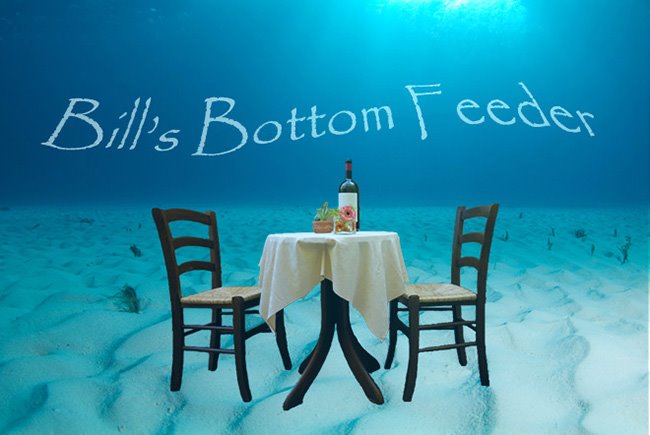Had a great afternoon yesterday (Monday). Two events, and right now at the top of the
page I think I’ll bust them into two different posts.. with MFO on the road (and safely ensconced in
Lafayette), I have a little more time available for keyboard activities.. Hope to get a report from her soon as to the
program.. sure she’s full of gumbo and
zydeco!!
Anyway, I wanted to take a look at the ongoing “dig” by
Historic St. Mary’s City, as I had heard some exciting reports of great things
they were uncovering. Interesting site
down there, it’s such a pretty place that not only the Native Americans (second
of two events) liked it, but also the Colonists, and then somebody had the
audacity to plop a college there also.
Anyway, the excavation is near (and probably under) Anne Arundel Hall. It
is shielded from the elements by a big white tent
And once you figure out how to get in you see sort of a
confusing scene
With apologies to the head archeologist, what you see are a
series of trenches that follow suspected fence lines. I find out that a lot of the detective work
is governed by “post holes” that are identified by a change in earth
characteristics.
What is really unusual in this case is that you can see the actual
shape of the pieces of fencing (left side of trench above) and a closer look
They are pretty sure that this fence dates from the 17th
Century, (nearly 400 years ago!) back to the early colony at St. Mary’s
City. She said it is quite unusual to
have such detail. The other confusion is
that people continued to live here, and made different fences, so they are
faced with determining “who came first”, what cuts what and so forth..
Intriguing.. They have also found some
larger post holes which are indicative of perhaps a building. By one of the fence lines they found holes
that are assumed to be planting holes with associated tap roots
Of course you don’t go at these things with a back hoe, it’s
painstaking work
(a piece of brick)
Then things get noted, cataloged and bagged. Plots are also generated to show
location. And for you younger
whippersnappers, this green stuff is “graph paper”, and that is a triangular
scale.. hah! assume you know that is a
(somewhat historical) dust pan.
Eventually things get bagged up, labeled and put into
storage.
Oh this has nothing to do with this dig, but I saw the
archives of a previous one in a Native American site.. those are all bags of
oyster shells
And one whopper!
I really enjoyed my tour and seeing how “real” archeology gets done, an ordered, disciplined process (carried out by dedicated volunteers!), not just some bozo with a metal detector and a trowel. It’s hard work, but what a window it provides on the past. Fascinating.
They all said they like visitors, so I would imagine you would be welcome to have a look and get a tour.. if you contact Historic St. Mary’s City and let them know. Don’t just show up..
It would be interesting to know how those (oyster) people
DFD
Coming attractions: Native American Foodways












No comments:
Post a Comment